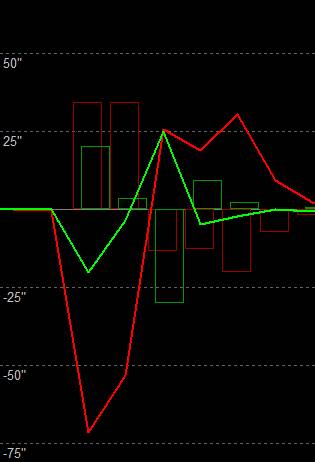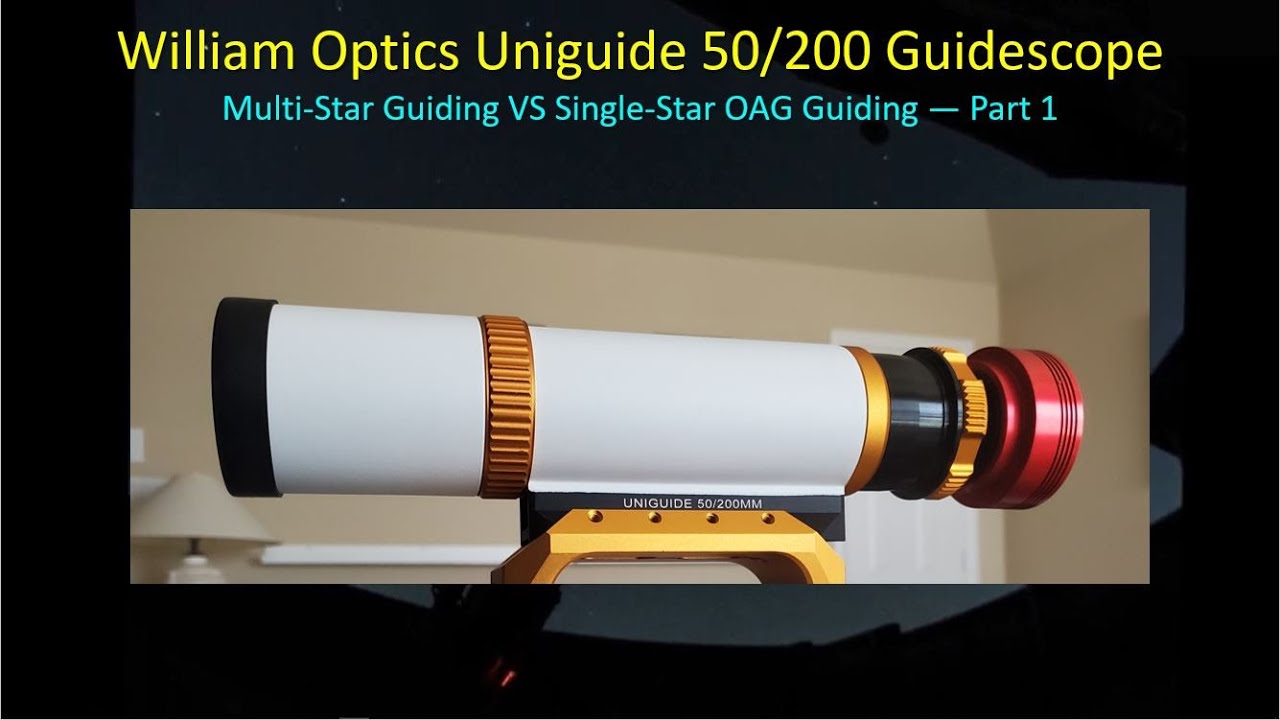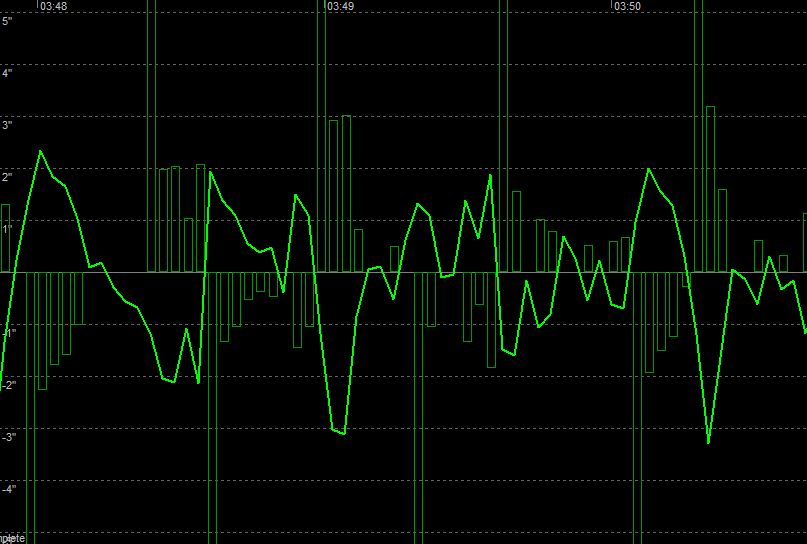CEM120 large guiding spikes (iOptron wasnt sure what this is)
Noah Lambert
Bruce Waddington
--
You received this message because you are subscribed to the Google Groups "Open PHD Guiding" group.
To unsubscribe from this group and stop receiving emails from it, send an email to open-phd-guidi...@googlegroups.com.
To view this discussion on the web visit https://groups.google.com/d/msgid/open-phd-guiding/0f4b2169-241d-4de5-aa68-85efdd1b98f3n%40googlegroups.com.
Noah Lambert
Bruce Waddington
Hi Noah. It’s possible there are multiple causes for these problems. One thing to remember is that through-the-mount cabling isn’t a magic fix for cable problems. You usually can’t see what’s going on in there, and you might still have problems. For example, the cables may intertwine and then their freedom of movement is constrained by the shortest cable in the assembly. Setting that aside, I would look first at the guiding assembly itself since you’re using a separate guide scope. Some of these sudden excursions are very large – here is one of the worst (RA in red, Dec in green):

In my experience, big errors like this are usually caused by something loose or moving around in the guide camera/guide scope/scope mounting area. The 75 arc-sec deflection is equivalent to a shift of the guide camera by about 65 microns, close to the thickness of a human hair. I don’t know what your guide assembly looks like, but if it has Delrin-tipped thumb-screws, 3-point mounting rings or a single stalk mount, it probably won’t be able to prevent these movements. They can also arise from small movements of a Crayford-style focuser on the guide scope. Unfortunately, there are many places to look. The only way to rule these out is to create a test configuration where you are guiding for long stretches through the main scope – obviously without any imaging. Or an OAG will eliminate them, obviously.
For the smaller excursions, I think you should temporarily disable PHD2 Dec backlash compensation. It looks to me like the Dec axis may have some stiction and the axis movement doesn’t look symmetric in terms of north vs south. The reversal delay that’s present doesn’t look particularly large so you may be able to live with it, at least until you’re done trouble-shooting other areas. Also, if you’re in trouble-shooting mode, you should start each night’s session with a fresh calibration.
Good luck,
To view this discussion on the web visit https://groups.google.com/d/msgid/open-phd-guiding/f5e7f1af-aa96-4493-97d1-d8a33dcc9d25n%40googlegroups.com.
dpdal...@aol.com
Thank you,
Brian Valente
To view this discussion on the web visit https://groups.google.com/d/msgid/open-phd-guiding/464479194.591310.1641154578265%40mail.yahoo.com.
Noah Lambert

lmcl...@umich.edu
Noah Lambert
Henry McFly
--
Noah Lambert
bw_msgboard
To: Open PHD Guiding
Subject: Re: [open-phd-guiding] CEM120 large guiding spikes (iOptron wasnt sure what this is)
Brian Valente
To view this discussion on the web visit https://groups.google.com/d/msgid/open-phd-guiding/15f16a14-c41b-4f61-b18b-7df8007a921cn%40googlegroups.com.
Noah Lambert
bw_msgboard

Noah Lambert
Brian Valente
To view this discussion on the web visit https://groups.google.com/d/msgid/open-phd-guiding/a35642a2-9a9f-439a-9ca8-5acede82bed4n%40googlegroups.com.
Noah Lambert
Noah Lambert
bw_msgboard
Noah Lambert
bw_msgboard


